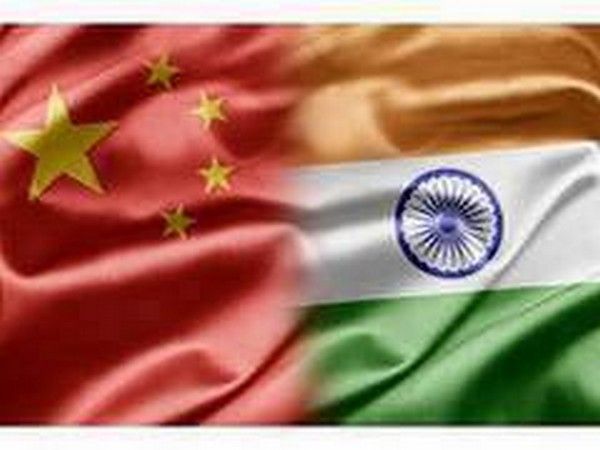
SOURCE: ANI
Confrontations between India and China will likely become more regular as the two sides consolidate their Line of Actual Control in the western sector until there is no more ambiguity regarding their actual positions, according to an article published by the Observer Research Foundation.
Author Yun Sun in his article ‘Confrontation in the Himalayas: China’s growing risk tolerance’ says that although China might use an overwhelming capacity to secure victory against India, the victory will not “help to alleviate China’s key security challenges in the Pacific” because China gives prefers to avoid a two-front war in the West Pacific and South Asia.
Yun Sun opines that though China’s assessment of India as the secondary threat and South Asia as its secondary theater is unlikely to change in the future, “the events this year have forced China to come face-to-face with a long list of factors in a real scenario of a war with India, including the heightened and sustained escalation of tension, the growing possibility of a real conflict with India and the military planning/mobilisation/preparation necessitated by it, as well as the Indian willingness to let the border issue spill over to the bilateral economic and trade relations.”
“The two-front war scenario has forced China to face the reality that any of its action on Taiwan could trigger India “adventurism” along the disputed border, just like China believes that India’s border movement capitalized on China’s weaknesses and distraction due to the COVID-19,” Sun added.
Despite the joint stated commitment to de-escalate the tensions by India and China in Moscow on September 10, the disengagement has not yet been achieved.
According to the author, there are at least three options being discussed in China for its next steps. The first option is a war that ends war, which means that “Beijing should finally strengthen its resolve and take the initiative to deter India with a war that ends wars, just like it did in 1962.” The Chinese who believe in this option say that “if China were to back off, it will only confirm to India China’s reluctance and/or inability to counter India, hence inviting more aggressive behaviors from India down the road.”
The author opined that this view is closely linked to that of the development in the West Pacific, specifically Taiwan.
“This proposal is closely linked to the development in the West Pacific, especially on Taiwan. China has been fraught over the deepening ties between US and Taiwan. During this freefall period of U.S.-China relations, the major arms sales package and senior U.S. government officials’ visits of Taiwan have put rising strains on China’s needed reaction. As it prepares for its options, especially the military option that enjoys vast popular support in China, the possibility and danger of a potential two-front war in the east and west at the same time is becoming increasingly real. For China to plan on a Taiwan contingency, the need to “tie up the loose end” in its western theater becomes even more pressing than before,” Yun Sun said.
The second option is – second mover assertiveness. It means that China will prepare for a potential conflict with India but will not initiate and only react, “but forcefully and resolutely to an Indian act of provocation”.
Yun Sun said, “The essence of a second mover strategy lies in China’s confidence that it has the financial resources, military capacity and domestic political consensus to sustain and prevail in a protracted standoff (or war) of attrition vis-a-vis India.
It reflects China’s preference for peace, but also its resolve to fight a war if need be. China’s 1962 war with India and the 1979 war with Vietnam both demonstrates the central position and essence of “self-defense war” concept in China’s playbook. If the border standoff continues or escalates, this will be the most likely scenario.”
The third option is winning without fighting, which means settling disputes with India sans any war. To this, the author opines that this approach is like putting a “Band-Aid on the most dividing and disturbing issue between two great powers in the region”.
“The most fundamental problem with this approach is that if China has to concede control of territory today, it removes the premise and need of its desired future outcome anyway. Considering China’s economic slowdown and India’s improving international status, such a future victory nowhere guaranteed. Therefore, while this policy had in the past been prominent in Beijing’s decision-making vis-a-vis Delhi on the border issue, the development after Doklam has increasingly undermined its premise,” Yun Sun said.
While concluding the author has opined that the confrontations, standoffs and incidents will likely become more regular as the two sides consolidate their Line of Actual Control in the western sector till there is no more ambiguity or room for imagination regarding their actual positions, and that future Line of Actual Control will serve as the foundation and the beginning of a real border negotiation between China and India.






